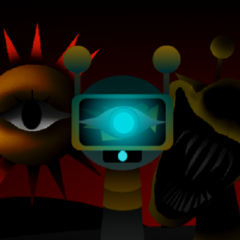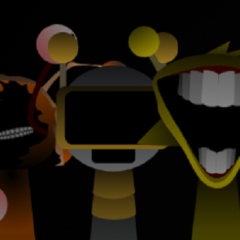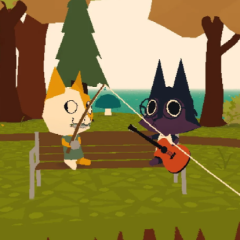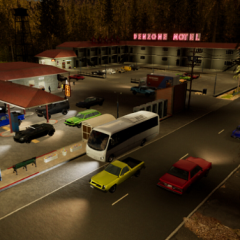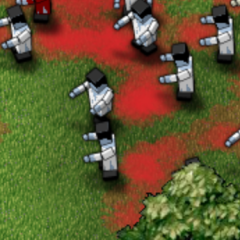Nejicomisimulator is a surreal exploration game that blends minimalism, abstraction, and ambient storytelling. Set in a world filled with strange characters and disconnected environments, the game offers players an experience that is more about mood and interpretation than solving traditional objectives. The gameplay is slow and atmospheric, focusing on walking, observing, and discovering the meaning—or lack of it—hidden in the world around you.
Unstructured Movement and Discovery
Players begin in a quiet, isolated location with little direction. The game encourages wandering rather than guiding the player with goals. Each area is filled with visual symbolism and unexplained structures, and many of the characters speak in vague or cryptic ways. This creates a sense of unease and wonder, pushing the player to draw their own meaning from the experience. There are no markers or tutorials—just space and silence to explore.
Key Themes and Features
The core of the game revolves around open-ended exploration supported by:
· Strange, low-resolution 3D graphics and empty landscapes
· Ambiguous dialogue that avoids clear interpretation
· Music that shifts with location, creating an emotional tone
· Objects and locations that feel important without explanation
· A sense of isolation that intensifies as the game progresses
These elements combine to form a space where the player’s reactions and interpretations are part of the experience itself.
Emotional Response Over Action
Nejicomisimulator does not focus on puzzles, combat, or progression systems. Instead, it evokes a feeling—a quiet tension that builds as you continue moving through its disconnected zones. The game often feels like a dream or memory, where elements are familiar but not fully graspable. Players may start to build their own narrative just to make sense of what they see, and that becomes the core interaction.
An Experience That Defies Definition
Rather than guiding players through a plot, Nejicomisimulator lets them construct meaning from the pieces they find. It’s not about winning or finishing; it’s about seeing and feeling. Every playthrough can feel different depending on how the player responds to the environment. In that way, the game becomes a reflection of the player’s own thought process, offering a quiet, disjointed, and personal kind of storytelling rarely found in traditional games.






